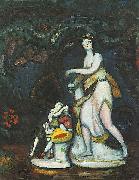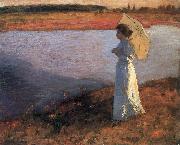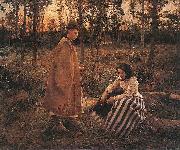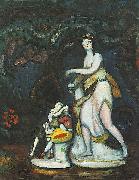|
||||||||||
|
|
||||||||||
|
Still-life Pintura Identificación:: 74525 Vea nuestra galería en Suecia |
Still-life before 1903(1903) Oil on canvas 63X50.5 cm cjr before_1903(1903) _ _Oil_on_canvas _ _63X50.5_cm_ cjr |
|||||||||
|
|
||||||||||
|
Woman by the Water Pintura Identificación:: 74835 Vea nuestra galería en Suecia |
Woman by the Water 1897(1897) Oil on canvas 81X99 cm cjr 1897(1897) _ Oil_on_canvas _ _81X99_cm _ cjr |
|||||||||
|
|
||||||||||
|
Ave Maria Pintura Identificación:: 75210 Vea nuestra galería en Suecia |
Ave Maria 1891 cjr 1891 cjr |
|||||||||
|
|
||||||||||
|
Shepherd and Peasant Woman Pintura Identificación:: 75235 Vea nuestra galería en Suecia |
Shepherd and Peasant Woman 1892(1892) Oil on canvas 100X120 cm cjr 1892(1892) _ Oil_on_canvas _ 100X120_cm _ cjr |
|||||||||
|
|
||||||||||
|
Still life Pintura Identificación:: 76062 Vea nuestra galería en Suecia |
Still life before 1903(1903) Medium Oil on canvas Dimensions English: 63x50.5 cm cyf before_1903(1903) _ Medium_Oil_on_canvas _ Dimensions_English:_63x50.5_cm_ cyf |
|||||||||
|
|
||||||||||
| Artista Previo Próximo Artista | ||||||||||
|
|
||||||||||
| Bela Ivanyi-Grunwald | ||||||||||
| (6 May 1867 - 24 September 1940) was a Hungarian painter, a leading member of the Nagybenya artists' colony and founder of the Kecskemet artists' colony. Born in Som, Ivenyi-Grenwald began his artistic studies under Bertalan Szekely and Keroly Lotz at the Academy of Fine Arts in Budapest (1882-86) and continued them at Munich in 1886-87 and at the Academie Julian in Paris from 1887 to 1890. From 1891 he again worked in Munich; in 1894 he travelled with Ferenc Eisenhut to Egypt, where he painted several oriental-themed works. Beginning in 1889 he had regular exhibitions at the Palace of Art in Budapest. Characteristic of his early pictures is A Hader kardja ("The Warrior's Sword", 1890), a proto-Symbolist treatment of rural genre showing the influence of Jules Bastien-Lepage. After his return to Munich, Ivenyi-Grenwald painted a large-scale genre painting entitled Nihilistek sorsot heznak ("Nihilists Drawing Lots", 1893), a work as notable for its dramatic use of chiaroscuro as for its deeply felt subject-matter. In response to a state commission for the 1896 Millennium Exhibition in Budapest he produced an enormous academic history painting. | ||||||||||
|
|
||||||||||
IntoFineArt Co,.Ltd.














